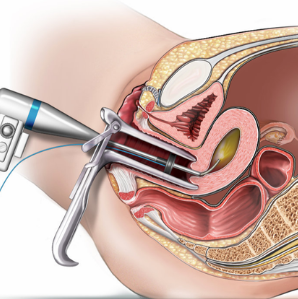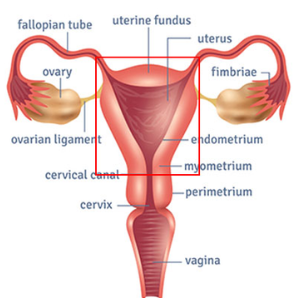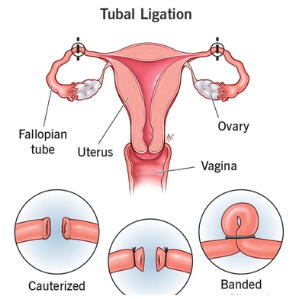- Home
- About
- Hospitals
-
Treatments
- Orthopedic & Spine
- Knee Replacement
- Carpal Tunnel Release
- Rotator Cuff Repair
- Meniscus Repair / Meniscectomy
- Total Hip Replacement (THR)
- Total Shoulder Replacement
- Arthroscopy
- Ligament Reconstruction
- Spinal Fusion
- Discectomy
- Laminectomy
- Spinal Decompression
- Vertebroplasty and Kyphoplasty
- Fracture Repair
- ACL Reconstruction
- Tendon Repair
- Osteotomy
- Amputation
- Pediatric and Adult Cardiac
- Neuroscience
- Oncology
- Nephrology & KTP
- Gastroenterology & Hepatobiliary
- Obstetrics and Gynaecology
- Infertility
- Dental & Maxillofacial
- Plastic & Cosmetic Surgery
- Rhinoplasty
- Blepharoplasty (Eyelid Surgery)
- Facelift (Rhytidectomy)
- Breast Augmentation (Mammoplasty)
- Breast Reduction (Mammoplasty)
- Breast Lift (Mastopexy)
- Liposuction
- Abdominoplasty (Tummy Tuck)
- Brazilian Butt Lift (BBL)
- Lip Augmentation
- Breast Reconstruction
- Cleft Lip and Palate Repair
- Scar Revision
- Burn Reconstruction
- Botox Injection
- Ophthalmology
- Otolaryngology (ENT)
- Endocrinology
- General and Minimal Invasive Surgery
- Pulmonology
- Rheumatology
- Urology
- General Medicine
- Ayurvedic Treatment
- Orthopedic & Spine
- Doctors
- Contact Us
Hysteroscopy
Hysteroscopy is a medical procedure that involves the
examination of the inside of the uterus using a hysteroscope, a thin, lighted
tube with a camera. The hysteroscope is inserted through the vagina and cervix
into the uterus, allowing the healthcare provider to visualize the uterine
cavity and identify any abnormalities. This procedure can be both diagnostic
and therapeutic, meaning it can be used to both diagnose issues and treat
certain conditions.
Here are the key aspects of hysteroscopy:
Purpose:
To examine and diagnose conditions affecting the inside of the uterus.
Procedure: A hysteroscope is inserted into the uterus through the cervix, allowing the healthcare provider to view the uterine lining on a monitor.
Uses: Diagnostic hysteroscopy is often performed to
investigate abnormal bleeding, recurrent miscarriages, unexplained pelvic pain,
or the presence of uterine abnormalities such as polyps or fibroids.





.png)